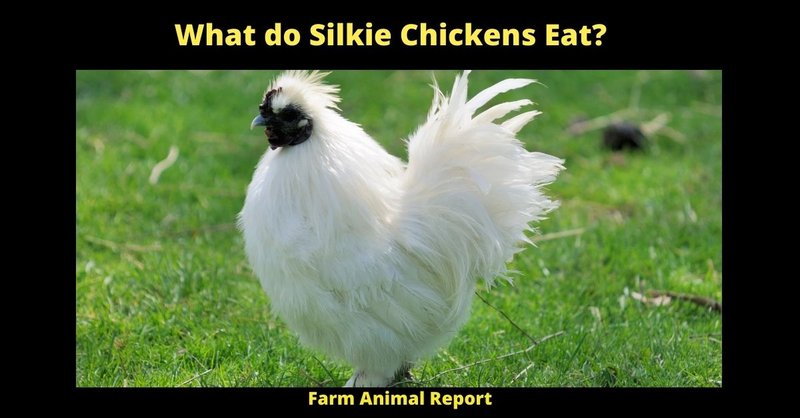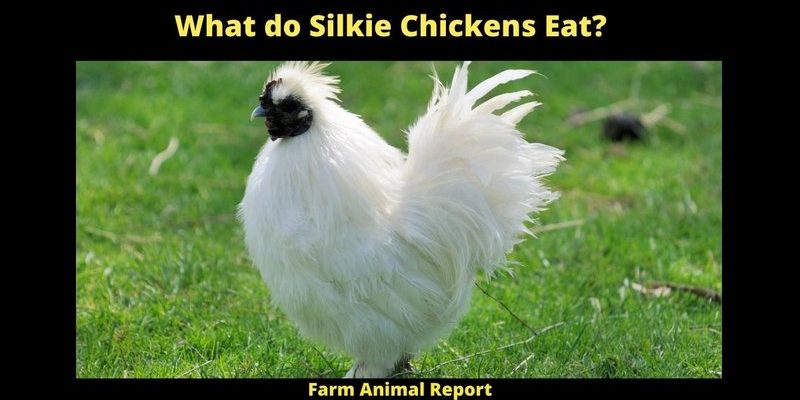
So, let’s dive into the world of Silkies. These birds have a fascinating diet that reflects their natural instincts as foragers. I’ll walk you through their eating habits, the types of food they enjoy, and how they gather their meals in a way that keeps them healthy and happy. It’s a quirky adventure that goes beyond just finding food; it’s all about how they engage with their environment.
The Silkie Diet: What Do They Eat?
Silkie chickens are omnivores, which means they eat both plant and animal matter. You might be thinking that’s pretty normal for chickens, but let’s break it down. Their diet typically consists of:
- Grains: Like many chickens, Silkies love grains. This includes corn, wheat, and oats.
- Vegetables: They enjoy leafy greens such as spinach, kale, and even garden leftovers like carrots and broccoli.
- Fruits: Silkies have a sweet tooth for fruits like berries, apples, and melons.
- Protein Sources: To keep their feathers shiny and healthy, they also need protein from sources like insects, worms, and sometimes commercial poultry feed.
It’s essential to balance their diet. If you toss them some grains in the morning and offer fresh veggies in the afternoon, you’ll see them thriving. Think of it like a balanced meal plan for a human—variety is key!
Foraging Behavior: How Do They Hunt for Food?
Silkies are natural foragers, which means they love to search for food in their surroundings. Their small, gentle nature makes them great at pecking around the ground without causing too much chaos. Here’s how their foraging style works:
1. Curiosity Drives Their Search: Silkies are curious birds. When they’re exploring their environment, they instinctively scratch at the ground, turning over leaves and dirt. This behavior helps them uncover hidden treasures like insects or seeds. You might find them hopping around in your garden, looking for tasty morsels.
2. Cooperation is Key: Silkies often forage in small groups. While one may investigate a patch of grass, others might keep an eye out for predators. This social behavior not only keeps them safe but also increases their chances of finding food. Imagine a little community of Silkies working together—it’s adorable!
3. Using Their Senses: Silkies have keen eyesight and are sensitive to sound, allowing them to detect movement in the grass. They might spot a worm wiggling or hear the rustle of leaves signaling a bug. Their foraging technique is a lovely dance of attentiveness and opportunity.
Understanding Nutritional Needs
Balancing a Silkie’s diet is crucial for their health. Just like people need a mix of nutrients, Silkies require a variety of foods for optimal well-being. Here are some things to keep in mind:
- Calcium: Silkies need calcium for strong bones and eggshell production. You can provide crushed oyster shells or calcium-rich greens.
- Protein: Young chicks and laying hens need extra protein, so consider incorporating mealworms or specially formulated chick feed.
- Water: Fresh, clean water should always be available. Hydration is crucial, especially after they’ve been foraging!
Monitoring their diet not only ensures their happiness but also helps prevent health issues. An unbalanced diet can lead to problems like weak eggshells or feather loss. Just as we think about our nutrition, keeping an eye on what your Silkie eats is vital.
Common Foraging Mistakes and How to Avoid Them
Sometimes, even well-meaning owners can make mistakes regarding their Silkies’ diets. Here are a few common pitfalls to avoid:
1. Overfeeding: It’s easy to go overboard with treats! While Silkies love fruits and snacks, too much can lead to obesity or nutritional imbalance. Aim for treats to be only about 10-15% of their total diet.
2. Neglecting Variety: If you stick to just one type of food, like only pellets, your Silkie might miss out on essential nutrients. Mix it up with fresh veggies, grains, and occasional protein sources to keep them excited about meals.
3. Ignoring Seasonal Changes: Just like we crave different foods with the seasons, Silkies benefit from seasonal changes too. In summer, they might enjoy juicy watermelon, while in winter, hearty greens can provide the necessary nutrients.
By staying vigilant, you can ensure your Silkie has a diverse and satisfying diet.
Benefits of a Good Diet and Foraging
Giving your Silkie a well-rounded diet and allowing it to forage has some fantastic benefits. Here’s what you can expect:
- Better Health: A balanced diet helps prevent diseases and keeps your Silkie’s immune system in top shape.
- Feather Quality: Good nutrition contributes to healthier, shinier feathers. You’ll love how they look in your backyard!
- Increased Egg Production: For laying hens, proper nutrition means more eggs with strong shells. It’s a win-win.
You might find that a happy Silkie is a playful one, running about and showing off its fluffy feathers. Their happiness often stems from their diet and the ability to forage, creating a delightful interplay of health and enjoyment.
In conclusion, understanding what the Silkie eats and how it forages is like unlocking a little secret world of these charming chickens. By providing a balanced diet and allowing them to explore, you’re not just feeding them; you’re nurturing their natural instincts.
So next time you watch your Silkie scratching in the dirt, remember—it’s not just about finding food; it’s about engaging with the world around them. With a little care and attention, you can ensure your Silkie thrives in both health and happiness. And who knows, you might just enjoy the quirky foraging antics along the way!

